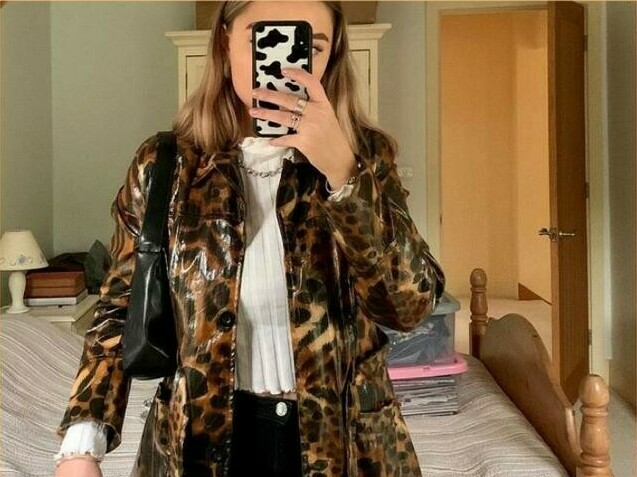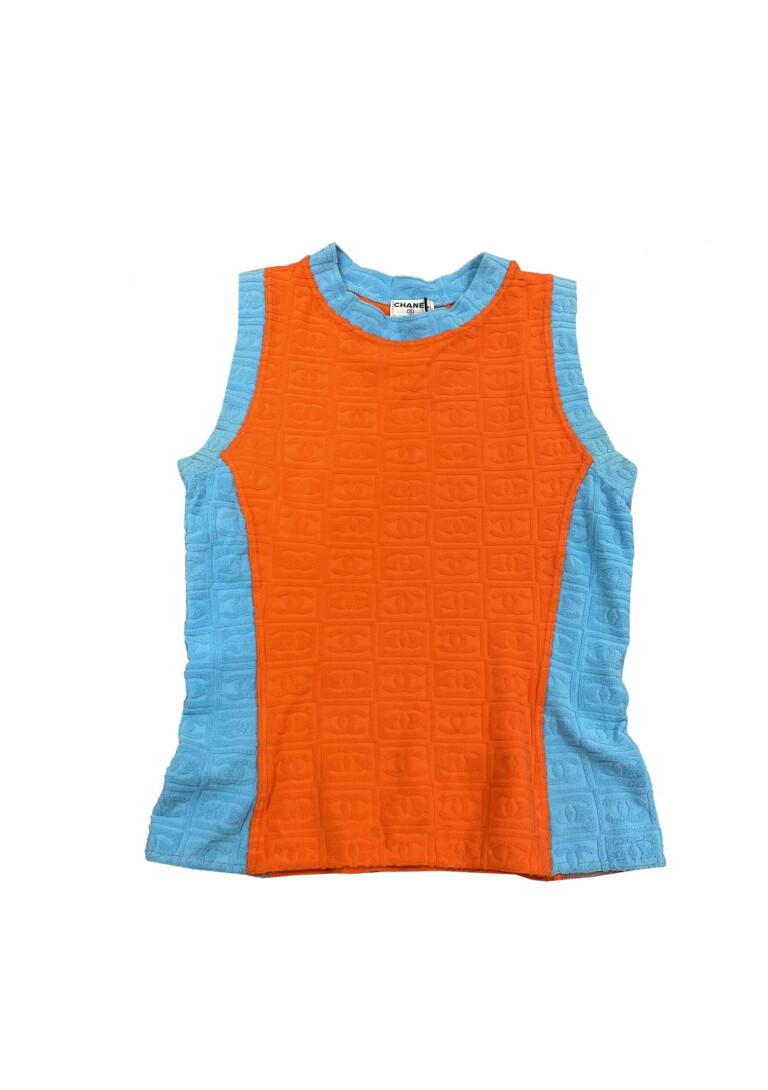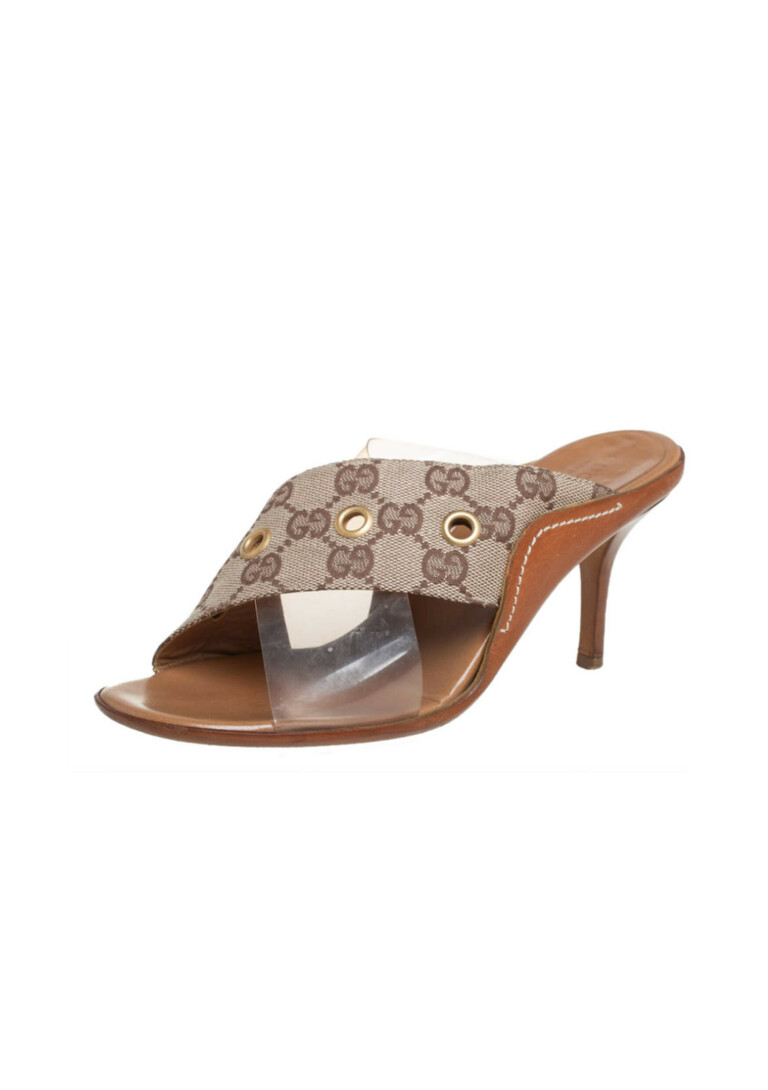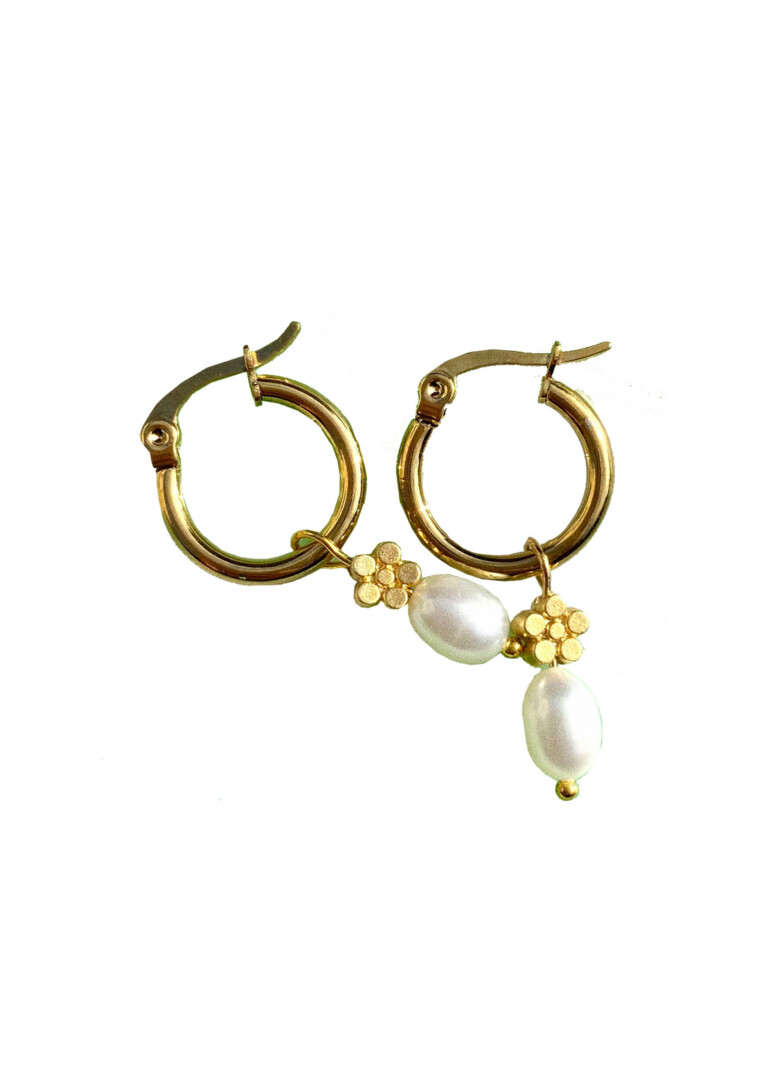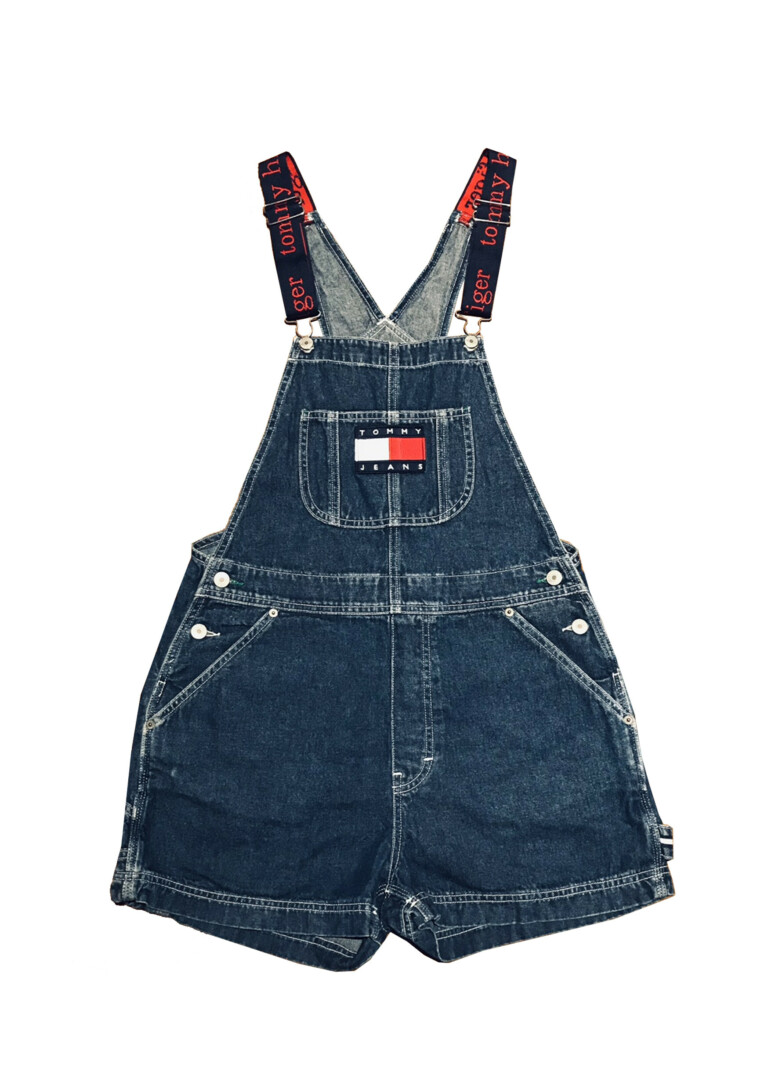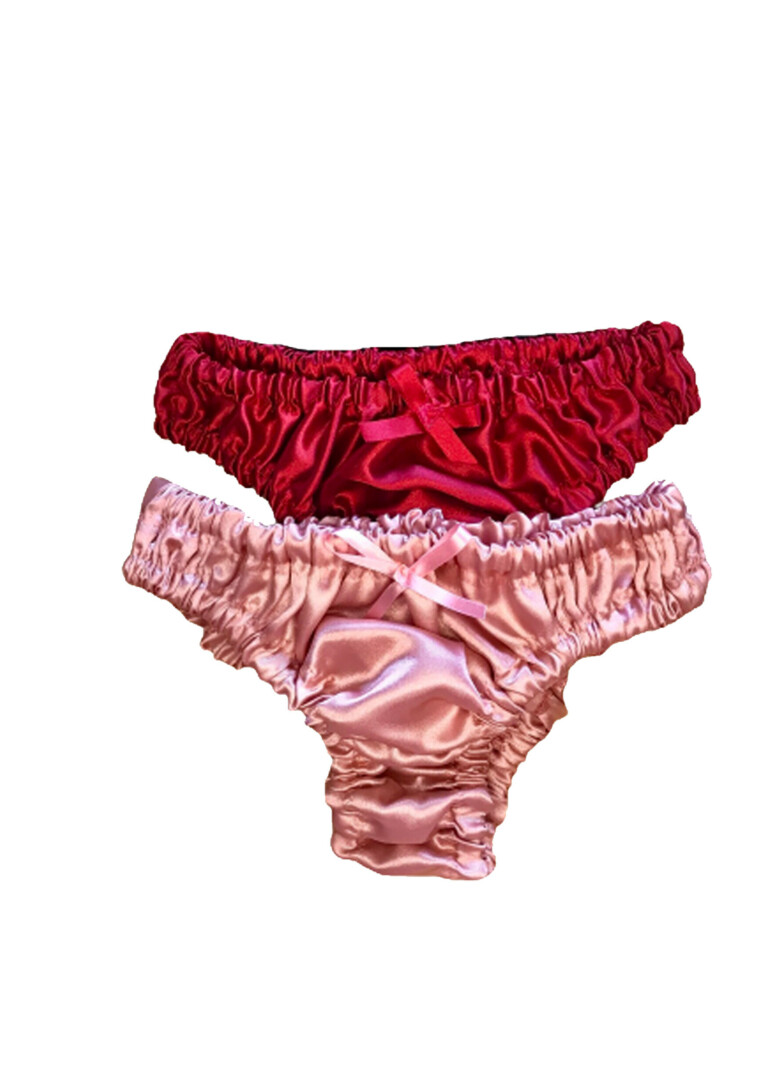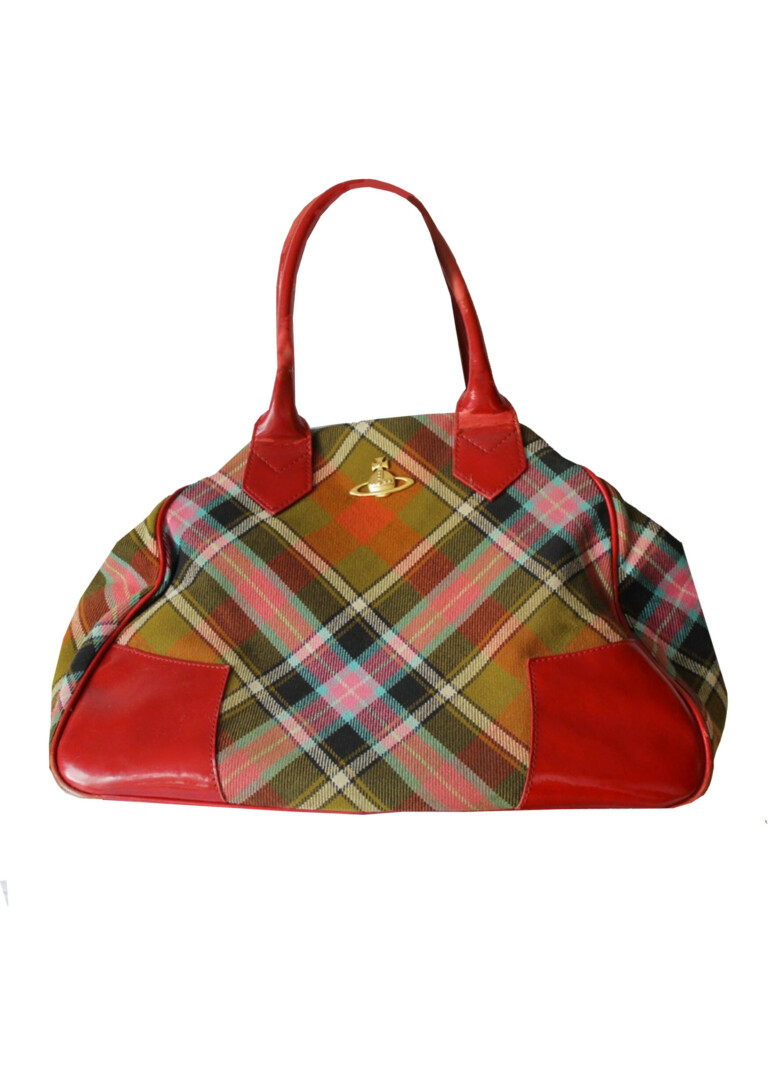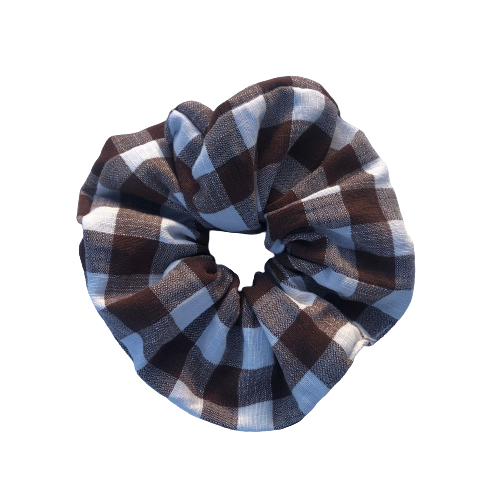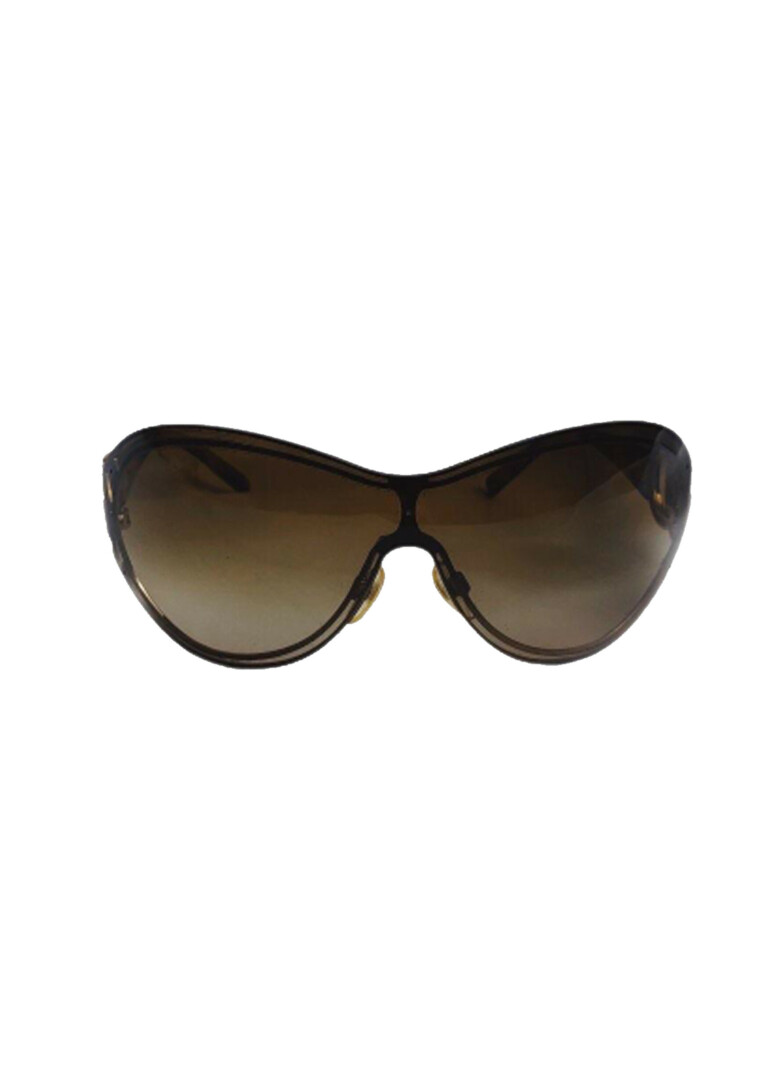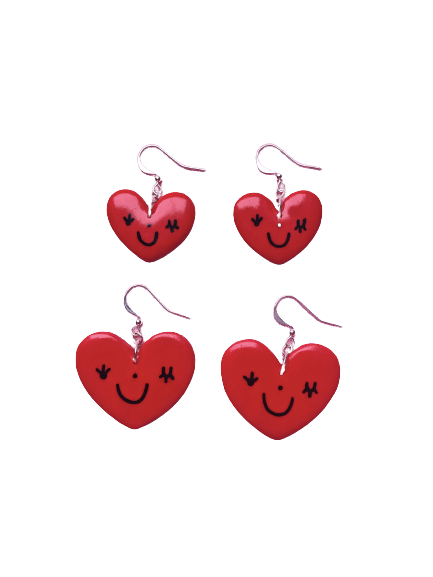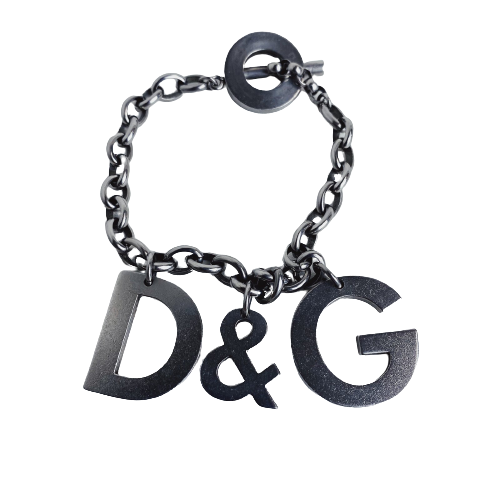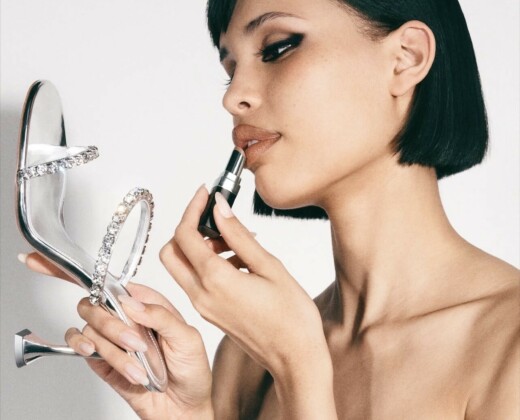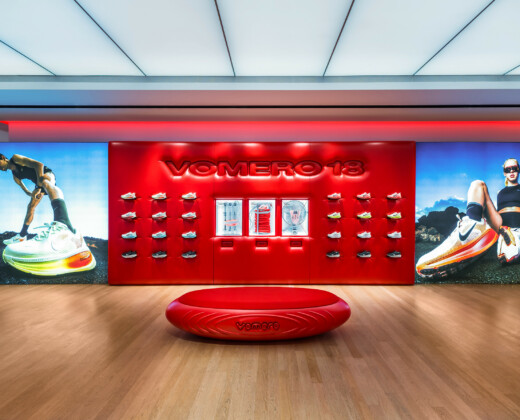It’s been one year and five months since I decided to stop buying fast fashion. I’d always been partial to a quick peruse around a vintage market or charity shop, but I’d never really thought about the morals behind shopping this way, or its positive impact on the planet. It’s probably horribly clichéd to watch one documentary and suddenly dramatically alter your lifestyle (I’m referring to the part of my lifestyle that involved blowing my student loan on weekly ASOS parcels), but that’s essentially what happened.
I told myself that my decision to write about ‘sustainable fashion’ for my final year dissertation was purely observational – I’d be looking in on the increasingly popular buzzword as an impartial bystander. After all, the term was so vague and overused. I had a reusable coffee cup, I always carried a spare tote bag around with me in case of an impromptu trip to Tesco Metro – but there was no way I’d be giving up my love of fun, experimental fashion in lieu of linen tunics and organic cotton basics. I don’t do basics. But here’s the inside scoop: fun and experimental fashion doesn’t have to cost the earth, nor the quality of life of some of its most vulnerable inhabitants.
So, in October 2019, I sat down with a cup of tea and pressed play on Andrew Morgan’s seminal documentary The True Cost (2015). The documentary’s main case study was the tragic collapse of a Bangladesh garment factory called Rana Plaza in 2013, in which employees had expressed concern about the building’s safety only hours before. Over 1,000 garment workers were killed in the incident. There are plenty of other reasons to cut down on your fashion habits, fast or otherwise, including the fact that it takes an estimated 2,000 litres of water to produce one pair of jeans (UN Environment Programme, 2019). Morgan’s documentary includes a plethora of similarly shocking facts, and I implore anybody who hasn’t already watched it to do so. It’s important.
But the thing that surprised me the most after my eye-opening viewing of The True Cost (after successfully retrieving my jaw from the floor, that is) was the ease at which I could stop buying the poor quality clothing and plastic jewellery I so loved. I deleted my shopping apps, avoided the websites and unsubscribed to the emails of what had been my favourite fast fashion retailers, and that was that. No more ‘Hey Bae! Want 20% off?’, ‘We miss you! Here’s a cheeky discount on us!’ or ‘Buy this piece of plastic cloth for £0.36p in the Black Friday sale!’ flooding my inbox. What I didn’t do, however, was stop shopping. I needed to fill the gaping hole in my life that fast fashion had left, and I did so by regularly hitting the parade of charity shops that sat conveniently between my university and my house. I’d wander home from a lecture and just ‘quickly’ pop into Scope or The British Heart Foundation. These ‘quick’ trips usually ended up taking around an hour and whilst this was miles better than my previous habits – it still wasn’t great.
I was contributing money to charities, and giving clothes that would otherwise be in landfill a new life. So what was the problem? Here’s the problem: I was still consuming a mass of poor quality clothing and plastic jewellery – just secondhand. Having convinced myself ‘if it’s from a charity shop, it’s fine’, I continued to consume. And consume. And consume some more.
Gradually, I’ve reined it in a little with the impulse thrifting. The pandemic helped (not a sentence I would utter in ANY other area of life), but I was still able to access my favourite online secondhand platforms. Scrolling Vinted became a habit (read: addiction) during lockdown, but I now limit myself to one or two visits to the app per week, which rarely result in actual purchases. I also had to avoid Facebook for a while after joining the Swap Family group and swapping out half my wardrobe for new pieces, a lot of which ended up back on the group once the novelty of *new things* had worn off. These are all great platforms, by the way, when used healthily. Whatever that means.
No documentary was ever going to stop me from craving new things – that’s human nature. But the part of fashion I love most is being playful and trying new things, and I’ve learnt that it’s possible to do this without taking a huge, hypothetical crap on the planet. Shopping isn’t something you can get ‘right’, and I don’t expect everybody to stop buying fast fashion altogether. Hell, I know that’s not happening any time soon. But here are some simple tips for the budding conscious consumer:
– If you see something you like/want/‘OMG NEEEED’, check Depop, Vinted, ASOS Marketplace, Facebook Marketplace, eBay, Vestiaire Collective, etc. for similar styles or the exact piece. If you don’t find it the first time you look, don’t give up straight away. Sellers are uploading new things constantly.
– Search for vintage alternatives! Fashion is cyclical. If there’s a trend you’re into at the minute, there’s a chance people were into it 20 years ago. Have a lookie.
– If you’re going completely cold turkey on fast fashion, you don’t have to turn to expensive sustainable brands if you don’t have the budget. It is, however, a good idea to save for quality versions of the garments you love and wear most. For me, that’s underwear and jeans.
– Scour Depop and Instagram for small businesses to buy from. There are quite literally thousands of them – and they’re fun! The cute thank-you-notes, the little bags of Haribo, the pretty tissue paper, the fact that you won’t pass multiple people in the street wearing the exact same thing.
I’m still far from a perfect consumer, but I’ll let you in on a secret: there’s no such thing. I simply made the decision to start making more informed decisions about my purchases, and want people to know that it wasn’t as tricky as I’d suspected. Not to be cynical or anything, but I suppose that’s my little contribution to our crumbling world.
Here are links and lists for more help and starting points, so you can become a more concious consumer:
DOCUMENTARIES:
The True Cost
Stacey Dooley Investigates: Fashion’s Dirty Secrets
APPS:
Good On You
Whering
BOOKS:
Fashionopolis
Stitched Up – The Anti Capitalist Book of Fashion
SMALL/INDEPENDENT BUSINESSES:
@withloveevie
@geminiaccessories
@itsrooper
@milliejaneuk
@junkldn
@gilberrt.uk
@gingham_girls_studio
@lazy_disco
@xfeminadesigns
@soulandflare
Words By Pippa Simmonds


